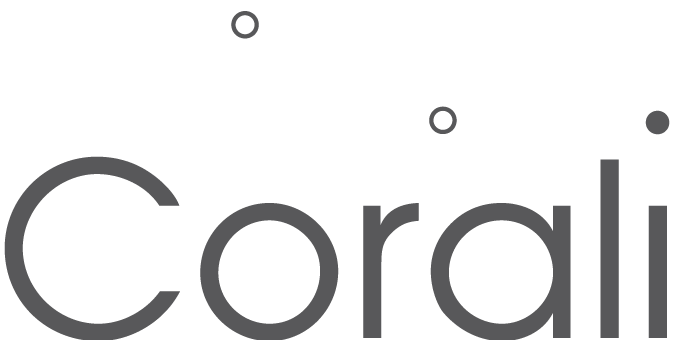Change, time and activism - it's not always about shouting the loudest
This blog post is about change, about how dance and art can evoke change, and how this can happen in different ways. That change can take time. It can be immediate, but doesn’t have to be.
In February 2021, I took the time to have conversations with other companies and artists. I found this a rewarding and stimulating space. We don’t often give ourselves the opportunity to discuss our work, we don’t have time, but I have learnt how important taking this time can be.
Corali and Daniel Hay-Gordon and Eleanor Perry (Thick & Tight), Adieu, The Place 2019
photo: Jon C Archdeacon
One of those conversations was an early evening Zoom meeting I had with co-directors of Thick & Tight, Daniel-Hay Gordon and Eleanor Perry, and artist Luke Pell. One subject of that conversation was change. Luke Pell and myself reflected that over our years of working in the cultural sector we have seen lots of changes. We talked about how many of those changes have been positive concerning the integration of disabled dancers and the broadening acknowledgment of the vitality, importance and quality of their practice.
Luke Pell photo: Tiu Makkonen
We chatted about Corali’s longevity, and how its practice evolves change over time and how the company has played an active part in the changes we’ve both experienced in the sector. This led us to reflect that long-term embedded change does take time. This really resonated for me and started pinging my brain-cells reminding me of lots of other conversations I’ve had about the subject.
Firstly, I was reminded about conversations I’ve had with my friend and colleague, Liz Ellis. Liz was the first person to articulate for me that change can mean taking the time to evolve. As she and I talked, whilst we never defined it as such, it felt that a lot of what we were discussing was an alternative to ‘macho’ experiences of change, that change doesn’t have to be led by bravado and those who can shout the loudest. I am always thankful to Liz who has such skill at articulating the value of arts practice to effect change, and the role that Corali plays in this. It helped me define for myself that shouting very loud does not necessarily mean more impact, and sometimes as in Corali practice, the opposite is true.
This is best illustrated by how Corali’s creative processes have developed alongside our dancers own artistic research and exploration, and that the two evolve together over time. For example, dancer Bethan Kendrick has been a Corali artist for 20 years and the company has become an important framework for the development of her own creative life an identity. Key to her artistic research is the relationship between dance and drawing, which in turn has informed Corali’s performance making processes. As expressed by Deborah Bestwick, former director of Ovalhouse theatre, ‘I love Corali's work…and know to expect innovative, high quality dance. Artistic quality is enhanced by the abilities of the dancers because the style and process is built by them’.
Bethan Kendrick, Undercurve Overcurve, The Place 2019 photo: Jon C Archdeacon
This reminded me of another recent conversation I’ve had with artist and teacher Paul Morrow. I have a lot of respect for Paul and his energy and ideas. In 2018, he wrote the Cultural Inclusion manifesto, a statement of intent to broaden access to arts and culture for children and young people with disabilities. As part of a book he is writing, and on the lead-up to the third Cultural Inclusion conference, Paul interviewed Housni Hassan (DJ), Corali’s Associate Artistic Director, and myself about our approach to Cultural Inclusion. Paul has written up this conversation into his own blog, which you can read here.
What struck me most about our conversation was how Paul described DJ as an activist, ‘his teaching and his performance is creative, but there is a moral purpose to his work’. In the same way as Liz had thrown light on my ideas about change, so Paul suddenly illuminated activism in new ways for me. These new ways totally resonated with Liz’s articulation of change; activism doesn’t need to be about shouting loud, it too can take time to evolve with equal power.
DJ, like Bethan Kendrick, has been a Corali artist for 20 years and his input into the company’s practice has also evolved over that time. His creative skill, energy and enthusiasm has played a great part in how Corali’s performance and engagement programmes have developed. So much so, that in January 2021 DJ’s role was formally recognised as one of Corali’s three, Associate Artistic Directors. By successfully taking up such an important leadership position within the company, DJ has effected change for the whole dance sector, by showing what is possible.
DJ, Technicolour Everyday, The Place 2019 photo: Jon C Archdeacon
As we ease out of lockdown and begin to re-open live cultural events, I am very aware that we want to make sure the progress towards cultural inclusion we’ve seen over the last few decades continues to move forwards. I’m pleased to read, and back the 7 Principles to ensure an inclusive recovery but let’s make sure that we are responsive to these principles. That it isn’t about who can shout loudest, and that we really listen to disabled artists and celebrate diversity in continuing to creatively explore our differences.




